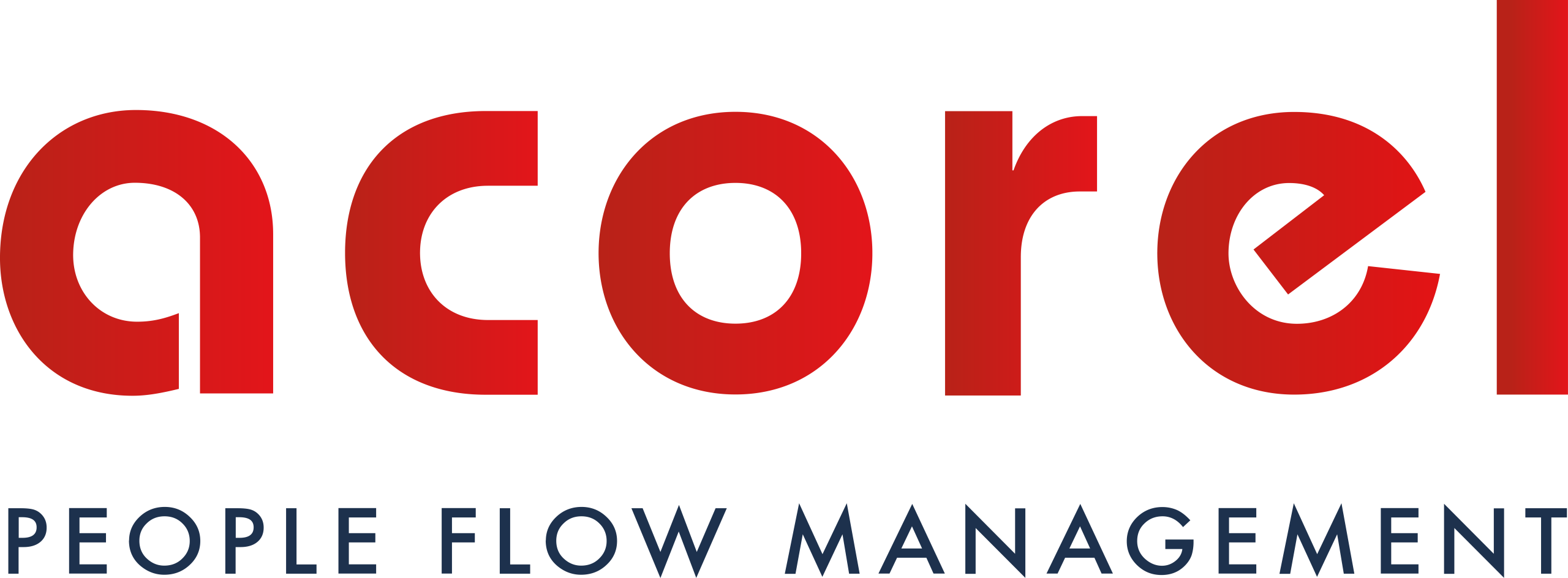In airports, passenger flow is crucial to ensure a safe and pleasant experience, but its management can be complex, especially during periods of high traffic or unforeseen events. Thus, the rise of connected counting solutions emerges as an innovative solution to enhance real-time management of these passenger flows.
Counting solutions and the importance of passenger flow management in airports
Effective management of passenger flows has become paramount for various reasons. Firstly, it ensures the safety of travelers by avoiding congestion situations that could compromise security measures. Additionally, smooth flow management enhances passenger experience by reducing wait times and facilitating their movement throughout the airport. Finally, better flow management can also optimize the operational efficiency of the airport by enabling optimal use of available infrastructure and resources.

Challenges in passenger flow management
Managing passenger flows in airports faces several major challenges, including:
Flow variability
Passenger flows in airports can vary considerably depending on various factors such as time of day, seasonality, special events, or flight delays.
Space constraints
Airports often face space constraints that limit their ability to accommodate a large number of passengers simultaneously, resulting in congestion and prolonged waiting times.
Need for responsiveness
Unforeseen situations such as flight delays, cancellations, or security events can have a significant impact on passenger flows, requiring immediate responsiveness from airport authorities.
Connected counting solutions, an innovative response
In response to these challenges, connected counting solutions emerge as an innovative response to improving real-time passenger flow management. These solutions typically rely on the use of technologies such as IoT (Internet of Things) sensors, smart surveillance cameras, and real-time data processing systems.
Here are some key features of these solutions :
📈 Real-time tracking
Connected counting solutions enable real-time monitoring of the number of passengers in different areas of the airport, allowing airport authorities to quickly detect congestion points and take corrective measures.
🔎Predictive analysis
By using predictive analytics algorithms, these solutions can anticipate variations in passenger flows and assist airport managers in planning accordingly, such as adjusting human and material resources based on projected demand.
⚙️Flow optimization
By identifying passenger circulation patterns, connected counting solutions allow for the optimization of infrastructure and resource layout in the airport. This aims to minimize wait times and improve operational efficiency.
For more information, click here
